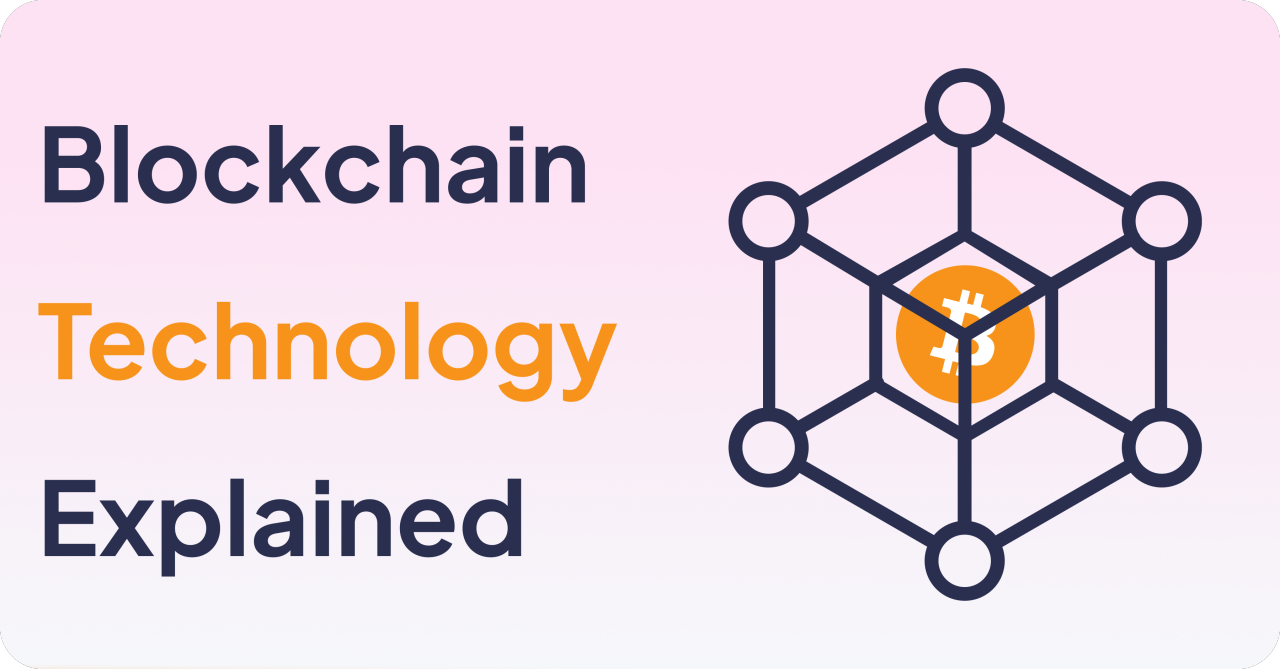Introduction:
The inception of software development was marked by a era of significant challenge, particularly in managing and collaborating on code without the aid of source code management systems. This early period was fraught with issues of overwritten work, lack of version tracking, and difficulties in collaboration. Today, source code management (SCM) is integral to software development, enabling developers to track revisions, collaborate efficiently, and maintain a history of project changes over time.
Understanding Source Code
What is a Source Code?
Source code is the foundational component of all software applications, consisting of human-readable instructions written in programming languages like Python, Java, C++, or JavaScript. It outlines the logic and functions that a computer executes to perform specific tasks. Essentially, source code is the blueprint from which all software is constructed, enabling developers to build complex systems, applications, and services.
How is Source Code Written?
Writing source code involves the use of a programming language to create the instructions that a computer will follow. For instance, a basic "Hello World!" program in Python looks like this:
python
Copy code
print("Hello, World!")
This simple line of code, when compiled or interpreted, instructs the computer to display the message "Hello, World!" on the screen. The process of writing source code varies across languages but fundamentally involves defining variables, functions, and structures that together form the application logic.
Types of Source Code
Source code can be categorized based on the programming paradigm it employs:
Procedural: Focuses on a sequence of instructions that tell the computer what to do step by step, as seen in languages like C.
Object-oriented: Organizes code around objects rather than functions, promoting data encapsulation and reusability. Examples include Java and Python.
Scripting: Often used for automating tasks within programs or on the operating system, scripting languages like JavaScript and Bash are interpreted rather than compiled.
Is Source Code Intellectual Property?
Yes, source code is considered intellectual property (IP). It is protected under copyright laws, which grant the author exclusive rights to use and distribute their work. Source code can be released under various licenses:
Open-source licenses allow for free use, modification, and sharing under defined terms.
Proprietary licenses restrict usage, modification, and distribution to protect the developer's or company's interests.
Source Code Management Explained
What is Source Code Management?
Source Code Management (SCM) is a discipline within software engineering focused on tracking and controlling changes in the source code. SCM practices include version control, which helps manage multiple versions of code documents, and facilitates collaboration among teams by allowing for changes by multiple developers to be merged into a single source.
Core Concepts of Source Code Management
Version Control: A system that records changes to a file or set of files over time, enabling you to recall specific versions later.
Repositories: Centralized storages where the source code is kept, managed, and tracked.
Branching and Merging: The process of diverging from the main line of development (branching) to work independently without affecting others, and then combining the changes back into the main project (merging).
Change Tracking: Keeping a detailed record of who changed what and why, which is crucial for understanding the evolution of a project and for debugging purposes.
Collaboration: The capability of SCM systems to support multiple developers working on the same project efficiently, reducing conflicts and streamlining the integration of contributions.
Tools and Software for Source Code Management
The landscape of Source Code Management (SCM) tools is diverse, offering various features to cater to different project needs. Below are descriptions of popular SCM tools:
Git
Git is a distributed version control system that enables multiple developers to work on a single project without interfering with each other's progress. It allows for non-linear development thanks to its branching and merging capabilities.
Primary Use Case: Suitable for projects of any size, from small startups to large-scale enterprise applications.
Unique Features: Its distributed nature means each developer has a full copy of the entire repository, enhancing collaboration and speeding up processes.
SVN (Subversion)
Subversion is a centralized version control system that keeps track of all changes made to files and directories in a repository.
Primary Use Case: Best for projects that require a fine-grained access control structure and where historical visibility of data is crucial.
Unique Features: SVN allows for atomic commits and can version control directories, renames, and file metadata.
Mercurial
Mercurial is a distributed version control system, similar to Git, but with a focus on simplicity and high performance.
Primary Use Case: Ideal for both small and large projects, particularly those looking for an easy-to-use interface.
Unique Features: Offers robust tools for branching and merging, and excels in handling large repositories efficiently.
Choosing a Tool
The choice between these tools often comes down to project needs:
- Project Size: Larger projects might benefit from the distributed systems like Git and Mercurial.
- Access Control: If detailed access control is a priority, SVN might be preferred.
- User Experience: Teams new to SCM may find Mercurial’s simplicity attractive.
How does source code management differ from version control?
While "source code management" and "version control" are terms often used interchangeably, there are nuances:
Version Control is a subset of SCM and focuses specifically on tracking and managing changes to software code.
Source Code Management encompasses a broader spectrum, including version control, but also integrating with other tools like build systems and testing frameworks, and facilitating collaboration among development teams.
The Importance of Source Code Management
SCM is crucial for:
- Historical Record-Keeping: It keeps a comprehensive log of all changes, who made them, and why.
- Backup: Acts as a backup mechanism for the source code.
- Communication and Collaboration: Facilitates efficient collaboration within teams, even when members are distributed globally.
Real-world scenarios where SCM proves invaluable include reverting to a stable software version after a failed feature implementation and enabling seamless collaboration across continents.
Recommendations and Best Practices
To maximize the benefits of SCM:
- Commit Often with Clear Messages: Frequent commits with descriptive messages make tracking changes easier.
- Adopt Branching Strategies: Use strategies like GitFlow to manage features, releases, and maintenance work.
- Conduct Regular Code Reviews: Peer reviews before merging enhance code quality and foster team learning.
- Automate Processes: Integrate SCM with CI/CD pipelines for automated testing and deployment.
- Organize Repositories: Keep the repository organized with clear naming conventions for branches and commit tags.
Conclusion
The adoption of source code management is critical for the success of software projects. It not only streamlines development processes but also significantly improves collaboration among team members. With the right tools and practices, SCM can transform the way software is developed, ensuring projects are completed efficiently and effectively.
FAQs
1. What is the difference between distributed and centralized source code management systems?
Distributed systems, like Git, allow each user to have a complete copy of the codebase. Centralized systems, like SVN, store code in a central server.
2. How can source code management improve team collaboration?
SCM systems enable multiple developers to work on the same project simultaneously, track changes, and merge contributions without conflicts.
3. What are the security considerations when using source code management tools?
Important considerations include access control, secure handling of sensitive data, and using secure connections for transferring code.
4. How does source code management integrate with continuous integration/continuous deployment (CI/CD) pipelines?
SCM triggers CI/CD processes, automating testing, building, and deployment upon new commits or branch merges.
5. How often should I commit changes to a source code management system?
Frequent commits are recommended to ensure changes are tracked and reversible. Committing small, logical changes helps maintain clarity.
6. Can source code management help in tracking and fixing bugs?
Yes, SCM allows teams to trace back to when a bug was introduced, understand the changes that caused it, and revert or fix the issue efficiently.





